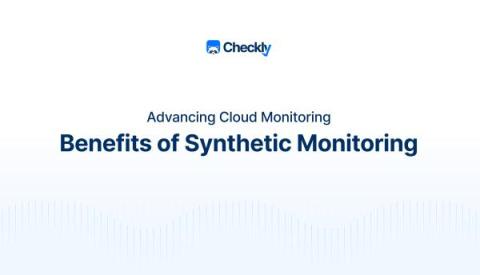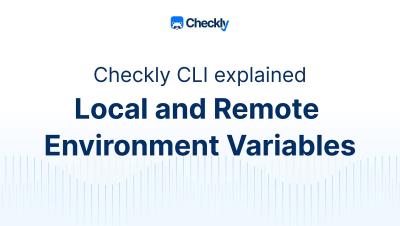Operations | Monitoring | ITSM | DevOps | Cloud
November 2023
Advancing Cloud Monitoring: Benefits of Synthetic Monitoring
The cloud changed how businesses work, making things more flexible and adaptable. But keeping track of app performance from a user’s point of view in this new setup is tough. Legacy tools tend to not give developers an understanding of their users' perspective. That's where synthetic monitoring comes in. It's a strong way to focus on users and fix the problems that legacy tools miss.
How to use Checkly local and remote environment variables
Track Frontend JavaScript exceptions with Playwright fixtures
Table of contents Frankly, end-to-end testing and synthetic monitoring are challenging in today’s JavaScript-heavy world. There’s so much asynchronous JavaScript code running in modern applications that getting tests stable can be a real headscratcher. That’s why many teams rely on testing mission-critical features and treat “testing the rest” as a nice to have. It’s a typical cost-effort decision.
Mastering Prometheus Exporters: Techniques and Best Practices
If you’re into monitoring, Prometheus is probably an essential part of your stack. Thanks to its expressive query language (PromQL), scalability, and configurable data format, it remains one of the most popular tools for data collection. Paired with Prometheus exporters, the tool can adapt to a variety of surroundings, which is one of its strongest points.






